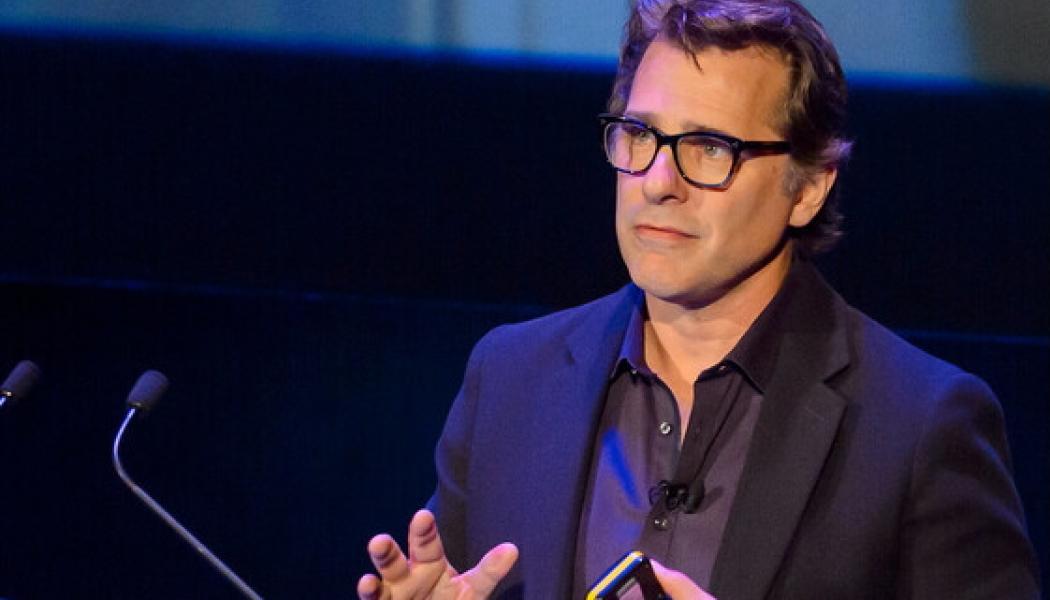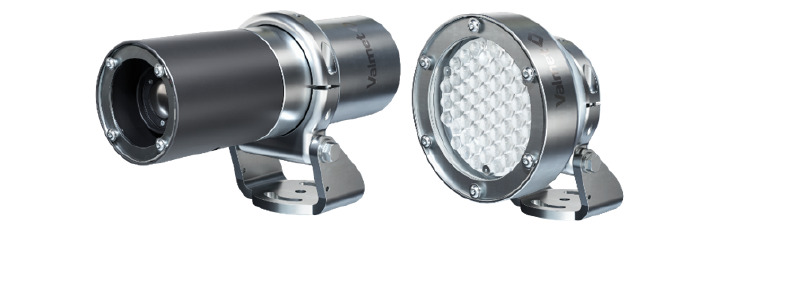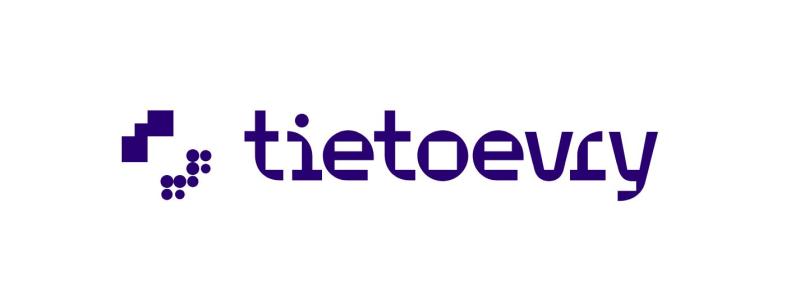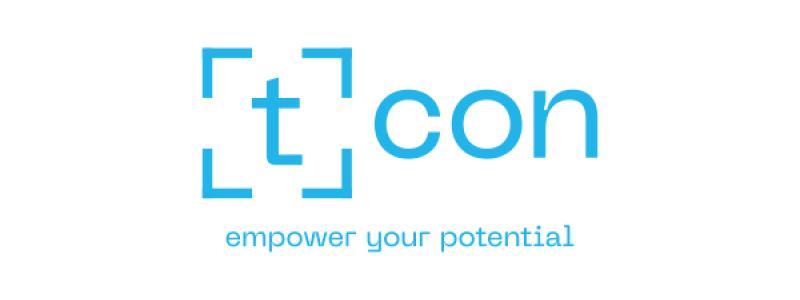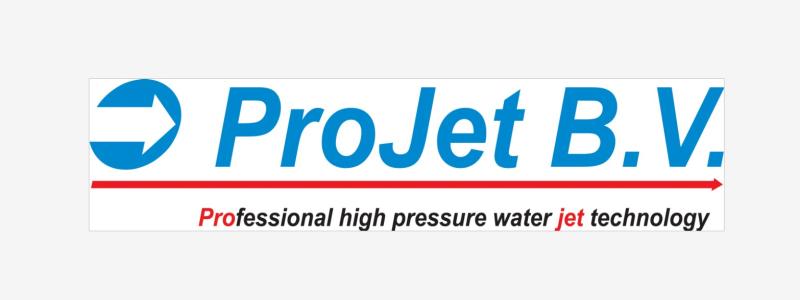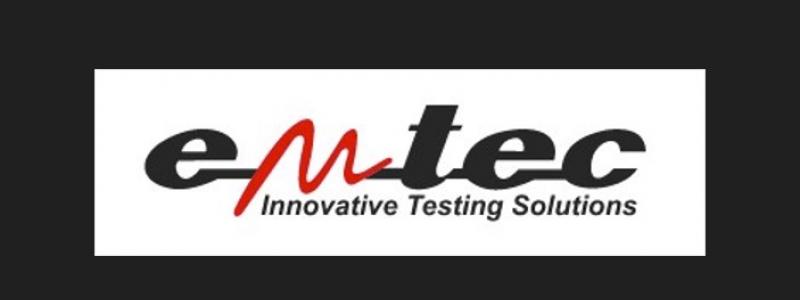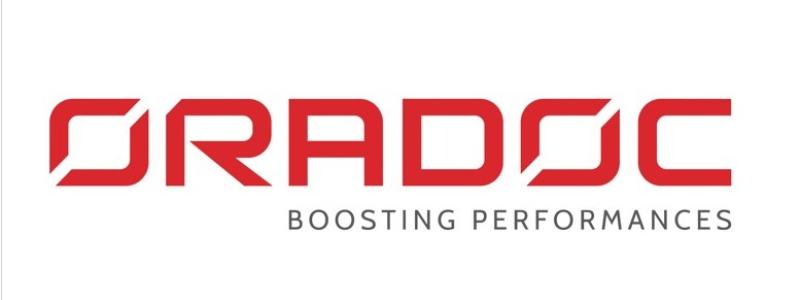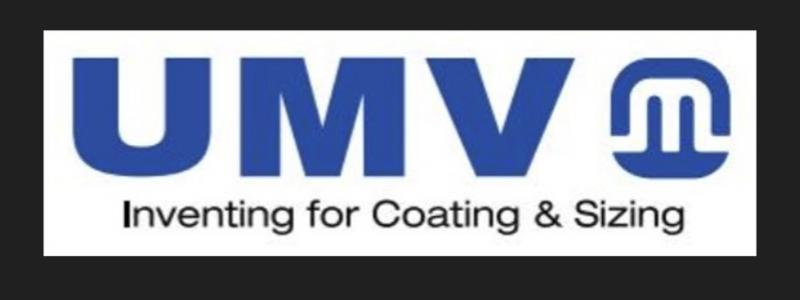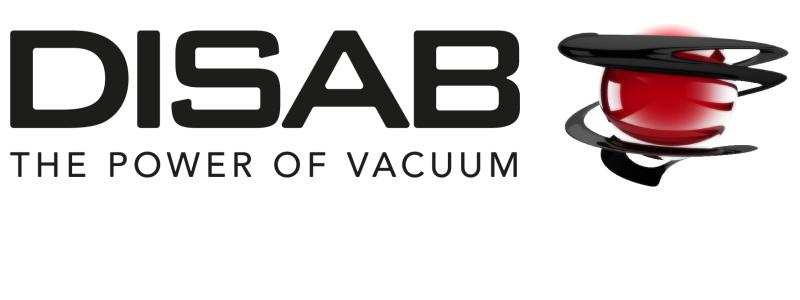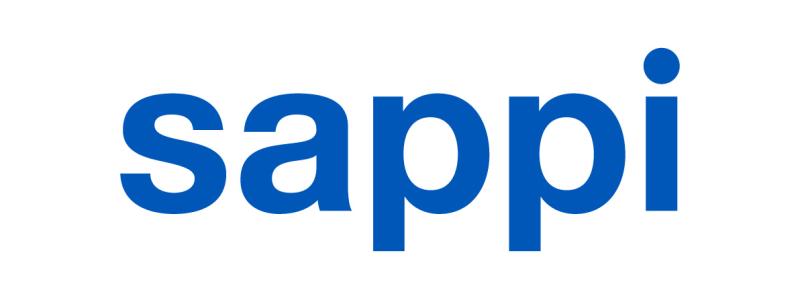At London Packaging Week 2025, held at ExCeL London, Microsoft’s Senior Director of Design for Packaging and Content, Kevin Marshall, revealed how the tech giant is reshaping product design through the lens of inclusion and accessibility.
In his keynote presentation, “Non-Negotiable Design: Why Inclusive Packaging Must Work for All,” Marshall emphasised that accessibility is “a fundamental right, not a feature.” Packaging, he noted, often serves as “the first barrier or the bridge between people and the products they need.”
– Every decision we make as designers can raise or lower barriers to participation in society. It’s our collective responsibility to lower those barriers through inclusive products and practices, Marshall told the audience.
He pointed out that 1.3 billion people worldwide—around 15 per cent of the global population—live with significant disabilities.
– Eventually, we are all affected by some form of limitation. It’s simply part of being human, he added.
From Xbox Innovation to a Global Design Principle
Microsoft’s shift toward inclusive design began with the development of the Xbox Adaptive Controller, a device created for gamers with limited mobility.
– We discovered principles we didn’t know existed, such as “nothing about us without us” and “design for one, extend to many,” Marshall said.
The project led to a major realisation: packaging itself needed to embody the same inclusive philosophy. The design team completely rethought how a product box could serve as part of an empowering user experience.
The response from users was powerful. Marshall recalled a gamer from New Zealand who posted an emotional unboxing video:
– He said, “It’s like you see me. Who thinks about me when they make a box?” One of our designers replied, “We think about people like you when we design boxes.”
That moment, Marshall said, sparked both a cultural and operational transformation within Microsoft. Inclusion became a foundation—not an addition—to how the company approaches design.
The Nine Principles of Inclusive Packaging
Microsoft has now formalised its inclusive design philosophy in the Inclusive Design Guide, outlining nine key principles for accessible packaging:
- Simplicity first – More Simpler steps are better than fewer complex ones.
- Clear elements – Visual and tactile cues should guide users naturally.
- Right materials – Safe, pleasant, and easy to handle.
- Easy access – Multiple entry points for flexibility.
- Minimal motion – Fewer movements mean greater inclusivity.
- Low physical effort – Minimal strength or grip should be required.
- Space and stability – Designed for all body types and abilities.
- Guided moments – Each action should lead intuitively to the next.
- No tools needed – Packaging should be easy to open without scissors or knives.
These principles now guide product packaging across Microsoft’s portfolio, from Surface devices to the Xbox Series X.
– As long as we design with our customers and not just for them, we stand a good chance of creating something that truly resonates, said Marshall.
Collaboration at the Heart of Inclusive Design
A cornerstone of Microsoft’s inclusive strategy is the Inclusive Tech Lab—a research and co-design space where designers, engineers, and people with disabilities collaborate directly.
– Co-designing is more than running user tests; it’s about recognising that members of the disability community are the real experts, Marshall explained.
The lab’s environment itself reflects this philosophy: every texture, color, and sound was chosen to accommodate visitors with sensory sensitivities. Workshops and inclusive design sprints allow hands-on collaboration to refine ideas and test new solutions.
– Creating an accessible product is not enough. We want to make it an empowering experience, said Marshall.
Storytelling also plays a key role. By listening to lived experiences, designers gain empathy and insight into how packaging impacts daily life.
“We Can’t Change the World Overnight”
To accelerate industry-wide change, Microsoft has open-sourced its Inclusive Packaging Design Guide so that other companies can learn from its journey.
– We gathered everything we’ve learned and published it as open source. It’s not perfect, but it’s a start, Marshall said.
He ended his talk with a challenge to the industry:
– We can’t change the world overnight, and we can’t do it alone. But that doesn’t mean we shouldn’t take every opportunity to make a difference—right here, right now.
Source: PMMI Media Group / London Packaging Week 2025



